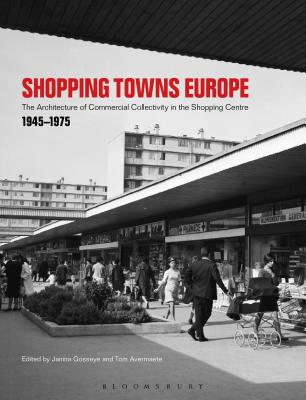| FindBook |
|
有 2 項符合
Gosseye的圖書 |
 |
$ 2309 ~ 7975 | Acculturating the Shopping Centre
出版社:Routledge 出版日期:2020-12-20 語言:英文 規格:平裝 / 180頁 / 普通級/ 初版  共 2 筆 → 查價格、看圖書介紹 共 2 筆 → 查價格、看圖書介紹
|
 |
$ 10500 | Shopping Towns Europe: Commercial Collectivity and the Architecture of the Shopping Centre, 1945-1975
作者:Gosseye,Janina(EDT)/Avermaete,Tom(EDT) 出版社:Bloomsbury USA Academic 出版日期:2017-01-26 語言:英文 規格:精裝 / 20.3 x 25.4 x 1.3 cm / 普通級  看圖書介紹 看圖書介紹
|
|
|
|











